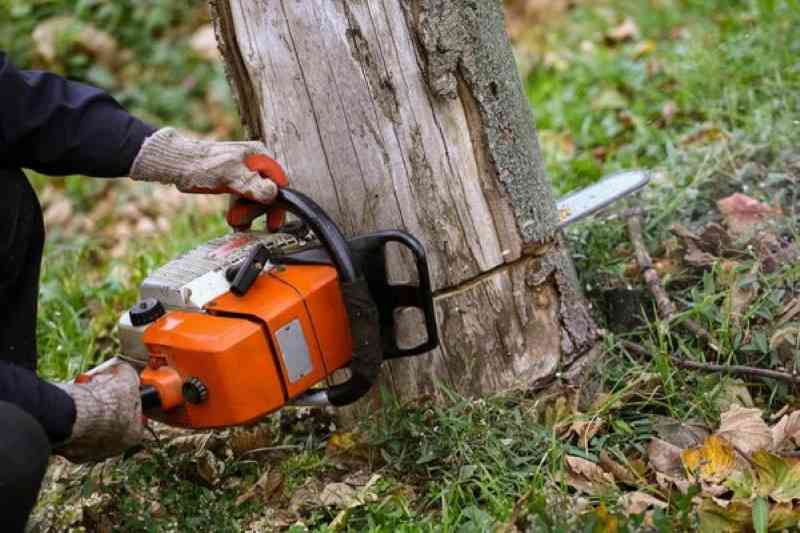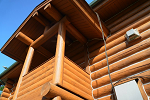Ever looked at a tree and thought, “That thing needs a haircut”? You’re not wrong. Tree pruning is like grooming for your trees—it keeps them healthy, safe, and looking good. But it’s not just about appearances. Proper pruning plays a vital role in extending a tree’s life, preventing damage, and encouraging strong growth. Whether you’re a homeowner or a property manager, this guide gives you the inside scoop on why pruning matters and how to do it right.
What is Tree Pruning?
Tree pruning is the selective removal of certain parts of a tree—like branches, buds, or roots—to improve its health, shape, and safety. It’s a proactive approach to managing tree growth, reducing hazards, and enhancing aesthetic appeal.
Benefits of Tree Pruning
1. Promotes Tree Health
Removing dead, diseased, or damaged limbs prevents the spread of decay and helps the tree use energy more efficiently.
2. Enhances Safety
Dead or overgrown branches can fall and cause injuries or property damage—especially during storms.
3. Stimulates Growth
Strategic pruning encourages new, healthy growth and better fruit or flower production in some species.
4. Improves Appearance
Pruning can shape a tree, balance its structure, and give your landscape a cleaner, more polished look.
5. Increases Sunlight and Airflow
Thinning out dense branches lets light and air circulate more freely, reducing disease and encouraging undergrowth.
Different Types of Tree Pruning
Not all pruning is created equal. The technique depends on the tree’s condition and the desired outcome.
1. Crown Cleaning
Removes dead, dying, or diseased branches. It’s all about tree health.
2. Crown Thinning
Selective branch removal to increase light penetration and airflow without changing the tree’s shape.
3. Crown Raising
Lifts the bottom branches to clear space for buildings, vehicles, or foot traffic.
4. Crown Reduction
Reduces the size of the tree’s canopy—ideal for trees interfering with power lines or buildings.
5. Structural Pruning
Improves the framework of young trees to promote strong, balanced growth.
When is the Best Time to Prune Trees?
Winter (Dormant Season)
The ideal time for most trees. Without leaves, it’s easier to see branch structure, and the tree heals faster.
Early Spring
Great for trees that bloom in the summer. Just avoid pruning spring-flowering trees too early, or you’ll cut off the buds.
Summer
Useful for correcting growth issues and slowing down overly vigorous trees.
Fall
Generally not recommended—trees are more susceptible to disease and slower to heal.
Signs Your Tree Needs Pruning
-
Dead or hanging branches
-
Branches touching buildings or power lines
-
Misshapen or unbalanced growth
-
Signs of disease or pests
-
Cracked or split limbs
How Often Should Trees Be Pruned?
It depends on the tree species and purpose, but as a general rule:
-
Young trees: Every 1–2 years for shape and structure
-
Mature trees: Every 3–5 years for maintenance
-
Fruit trees: Annually for best yields
DIY Tree Pruning vs. Hiring a Pro
DIY Pruning
If the branches are small, easy to reach, and you know what you’re doing, go for it. Just use clean, sharp tools and proper techniques.
Hire a Professional When:
-
Branches are high or large
-
The tree is near power lines
-
You’re unsure about what to cut
-
There’s visible disease or decay
Certified arborists understand tree biology and can prune without harming the tree.
Essential Tools for Tree Pruning
-
Hand pruners: For small branches and shrubs
-
Loppers: For branches up to 2 inches thick
-
Pruning saw: For medium branches
-
Pole pruner: For high, hard-to-reach limbs
-
Chainsaw: Only for experienced users on larger branches
Always disinfect your tools before and after use to prevent spreading disease.
Common Pruning Mistakes to Avoid
-
Topping the Tree: Cutting off the top leads to weak, unstable regrowth
-
Over-pruning: Removing too much can stress the tree
-
Flush cuts: Cutting too close to the trunk hinders healing
-
Wrong timing: Pruning at the wrong time can attract pests or delay growth
Pruning Trees for Fruit Production
Fruit trees like apple, pear, and peach benefit greatly from annual pruning:
-
Opens up the canopy for sun exposure
-
Removes unproductive or diseased limbs
-
Improves air circulation to reduce fungus
-
Shapes the tree for easier harvesting
Tree Pruning and Safety Concerns
Tree pruning isn’t just about trees—it’s about people too. Falling branches, unstable ladders, and power lines can pose serious hazards. Always:
-
Wear protective gear
-
Use stable ladders or platforms
-
Never prune near power lines (call your utility company)
-
Know your limits—don’t risk it if you’re unsure
How Much Does Tree Pruning Cost?
-
Small trees: $100 – $400
-
Medium trees: $300 – $800
-
Large trees: $800 – $2,000+
Costs depend on tree size, complexity, location, and whether special equipment is needed.
Conclusion
Tree pruning is more than just yard work—it’s a vital part of tree care. It keeps your trees healthy, your property safe, and your landscape beautiful. Whether you’re trimming small branches yourself or calling in the pros for a major job, proper pruning makes all the difference. Treat your trees right, and they’ll reward you with shade, beauty, and strength for years to come.
FAQs
1. Is pruning the same as trimming?
They’re similar, but pruning focuses more on tree health, while trimming is often for aesthetics.
2. Can pruning kill a tree?
If done incorrectly—yes. Over-pruning or cutting at the wrong spots can severely damage a tree.
3. What’s the best time of year to prune trees?
Late winter or early spring is best for most trees. Avoid heavy pruning in the fall.
4. How do I know which branches to cut?
Look for dead, damaged, diseased, or crossing branches. A certified arborist can help with proper selection.
5. Can I prune trees myself?
Yes, for small trees or low branches. For anything complex or risky, it’s best to hire a professional.



